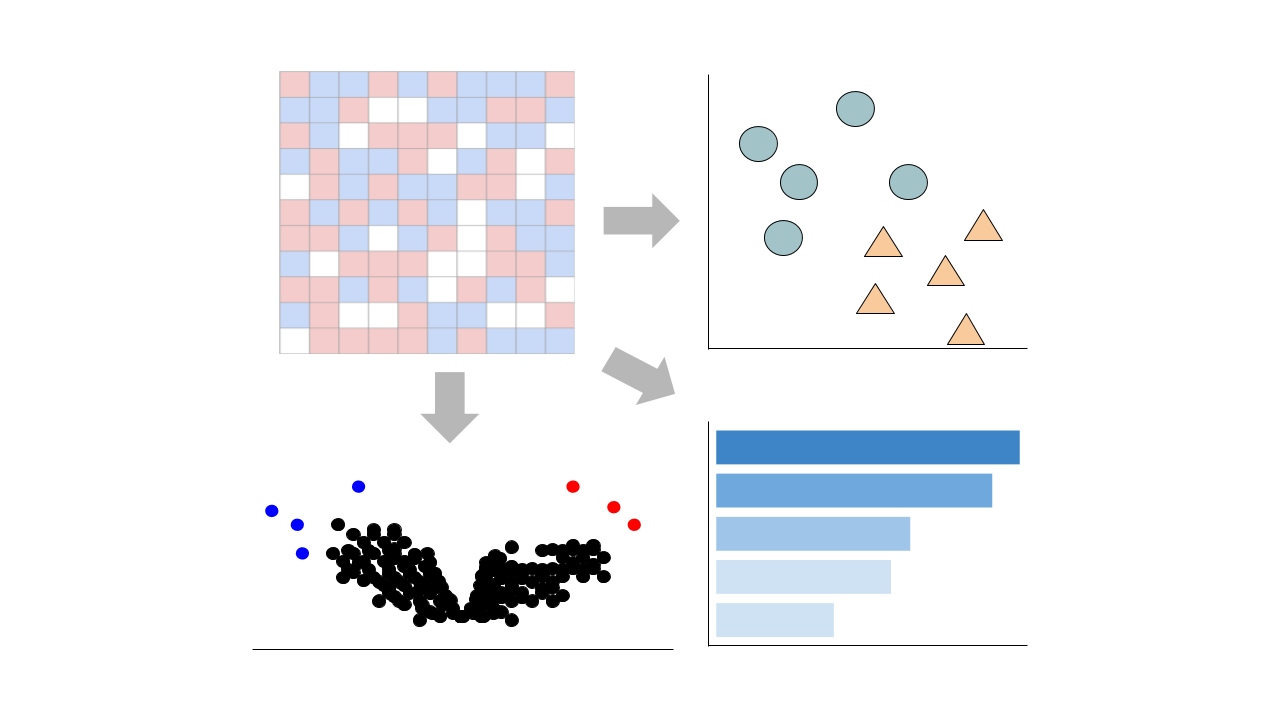Submission Date: Apr 01, 2021
Summary: Buffering of deleterious mutations by molecular chaperones and degradation of aberrant proteins by quality control systems are both major factors that can impact the mutational landscape available to a client protein. The impacts of the proteostasis network on protein evolution are not limited to just endogenous clients, but can also shape the mutational landscapes accessible to rapidly evolving viral proteins. Here, we test the hypothesis that the composition of the host cell's endoplasmic reticulum (ER) proteostasis network shapes the evolution of RNA viruses by focusing on human immunodeficiency virus-1 envelope (Env), a membrane glycoprotein that folds and matures in the host cell's secretory pathway. We apply chemical genetic methods to activate the IRE1-XBP1s and/or the ATF6 transcriptional arms of the unfolded protein response in a stress-independent manner. We then quantitatively assess the impact of the resulting altered host cell ER proteostasis environments on the relative enrichment of all Env single amino acid substitutions using deep mutational scanning. We find that upregulation of host ER proteostasis factors globally reduces the mutational tolerance of HIV-1 Env, particularly upon induction of the IRE1-XBP1s transcriptional arm of the UPR. The effects of ATF6 activation are less global, but still significant at particular Env sites. The impact of the XBP1s-induced ER proteostasis environment is disparate for diverse structural elements of Env. Conserved, functionally important regions generally exhibit the largest decreases in mutational tolerance upon XBP1s activation. In contrast, specific regions of Env, including regions targeted by broadly neutralizing antibodies, display greatly enhanced mutational tolerance when XBP1s is activated. Altogether, these data reveal a new set of host factors that specifically shape the mutational space accessible to HIV Env and, more generally, provide compelling evidence that UPR-regulated proteostasis mechanisms play critical roles in membrane protein evolution.
GEO Accession ID: GSE171356
PMID: 35180219
Select conditions below to toggle them from the plot:
| GROUP | CONDITION | SAMPLES |
|---|---|---|
| SupT1 |
GSM5224073 GSM5224074 GSM5224075 GSM5224076
|
|
|
GSM5224069 GSM5224070 GSM5224071 GSM5224072
|
||
|
GSM5224077 GSM5224078 GSM5224079 GSM5224080
|
||
|
GSM5224081 GSM5224082 GSM5224083 GSM5224084
|
Submission Date: Apr 01, 2021
Summary: Buffering of deleterious mutations by molecular chaperones and degradation of aberrant proteins by quality control systems are both major factors that can impact the mutational landscape available to a client protein. The impacts of the proteostasis network on protein evolution are not limited to just endogenous clients, but can also shape the mutational landscapes accessible to rapidly evolving viral proteins. Here, we test the hypothesis that the composition of the host cell's endoplasmic reticulum (ER) proteostasis network shapes the evolution of RNA viruses by focusing on human immunodeficiency virus-1 envelope (Env), a membrane glycoprotein that folds and matures in the host cell's secretory pathway. We apply chemical genetic methods to activate the IRE1-XBP1s and/or the ATF6 transcriptional arms of the unfolded protein response in a stress-independent manner. We then quantitatively assess the impact of the resulting altered host cell ER proteostasis environments on the relative enrichment of all Env single amino acid substitutions using deep mutational scanning. We find that upregulation of host ER proteostasis factors globally reduces the mutational tolerance of HIV-1 Env, particularly upon induction of the IRE1-XBP1s transcriptional arm of the UPR. The effects of ATF6 activation are less global, but still significant at particular Env sites. The impact of the XBP1s-induced ER proteostasis environment is disparate for diverse structural elements of Env. Conserved, functionally important regions generally exhibit the largest decreases in mutational tolerance upon XBP1s activation. In contrast, specific regions of Env, including regions targeted by broadly neutralizing antibodies, display greatly enhanced mutational tolerance when XBP1s is activated. Altogether, these data reveal a new set of host factors that specifically shape the mutational space accessible to HIV Env and, more generally, provide compelling evidence that UPR-regulated proteostasis mechanisms play critical roles in membrane protein evolution.
GEO Accession ID: GSE171356
PMID: 35180219
Select conditions:
Control Condition
Perturbation Condition
This pipeline enables you to analyze and visualize your bulk RNA sequencing datasets with an array of downstream analysis and visualization tools. The pipeline includes: PCA analysis, Clustergrammer interactive heatmap, library size analysis, differential gene expression analysis, enrichment analysis, and L1000 small molecule search.
